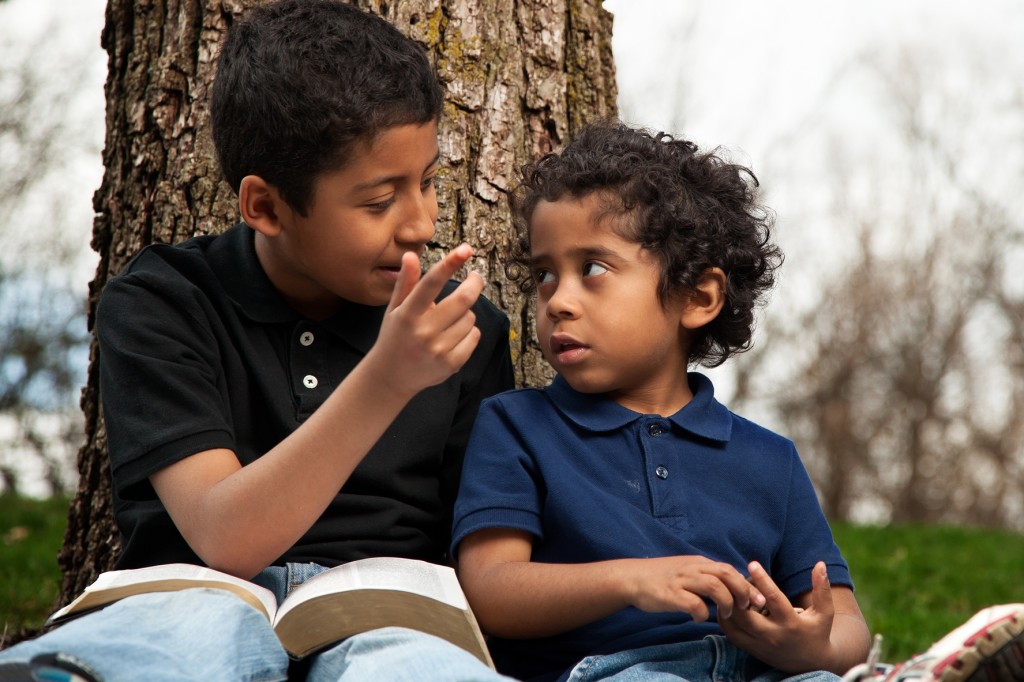Autism spectrum disorder is a lack of social interaction, combined with problems in communication, speech and non-verbal means, as well as problems with needing things to be routinized—expressing order, sameness or routines as part of their daily structure. This behavior includes lining up their toys, following specific or rigid schedules, and is easily upset by any change in their routine or environment.
People with autism can have quite varying levels of functioning, from being able to live independently with a career and family to requiring 24-hour care. This is why the word “spectrum “is used. Autism statistics from the U.S. Centers for Disease Control and Prevention (CDC) identify around 1 in 68 American children on the autism spectrum. It is seen more commonly in boys than girls.
Other disorders that can resemble autism are: depression, social anxiety, anxiety disorders, OCD and even ADHD.
The following “red flags” for young children may indicate a child is at risk for an autism disorder. If your child shows any of the following signs, please ask your pediatrician for an evaluation:
- No big smiles or other warm, joyful expressions by six months or thereafter
- No back-and-forth sharing of sounds, smiles or other facial expressions by nine months
- No babbling by 12 months
- No back-and-forth gestures such as pointing, showing, reaching or waving by 12 months
- No words by 16 months
- No meaningful, two-word phrases (not including imitating or repeating) by 24 months
- Any loss of speech, babbling or social skills at any age
While there is no current medication that treats or cures for autism itself, there are several medications that can help with associated issues such as anxiety, depression, attention problems and issues with aggression or injury to themselves. There is research in progress looking for the cause and treatment for autism, but no one single cause has emerged.
Post by Dr. Dana Kober, MD, Psychiatrist

